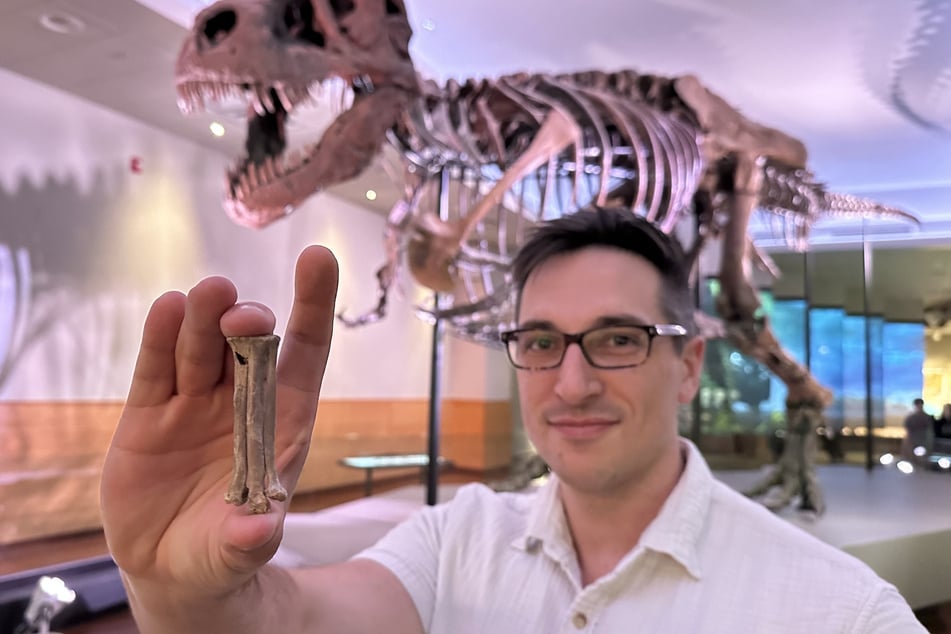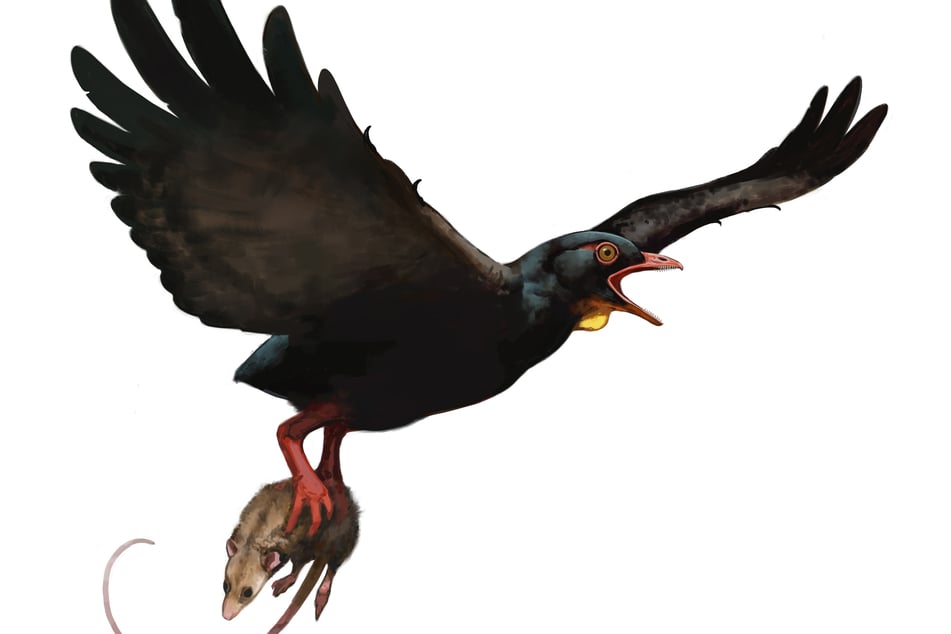Scientists surprised: These animals are said to have lived with the dinosaurs
Chicago - It is possible that raptor-like creatures were already preying when dinosaurs were still roaming the earth.

Some were about the size of falcons and had strong, raptor-like feet, writes a research team in the specialist journal "Plos One".
When dinosaurs such as Tyrannosaurus rex and Triceratops were still alive, the ancestors of today's birds were already flying through the air.
Their relatives included the Enantiornithes, which populated almost the entire world at that time. Like the dinosaurs, however, they became extinct after the impact of an asteroid around 66 million years ago.
The remains of three such birds of two species from the late Cretaceous period have now been scientifically described.
According to the team led by Alexander Clark from the University of Chicago, their bones indicate strong leg muscles.
Appearance of the birds still unclear

"Based on evidence in their foot bones, we assume that these birds were able to catch and carry prey in a similar way to a modern falcon or owl," explained Clark.
It is unclear exactly what the birds looked like: only foot bones have been found so far. Nevertheless, a lot can already be deduced from this, Clark explained.
"Every angle and every bump on a bone can tell us something about where the muscles or tendons were attached and how big they were." A specific muscle attachment point is similar to that of falcons or owls.
The fossils were found in the US state of Montana, in a layer 66 to 68 million years old, i.e. from a time shortly before the extinction of the dinosaurs. The species were given the names Magnusavis ekalakaensis and Avisaurus darwini.